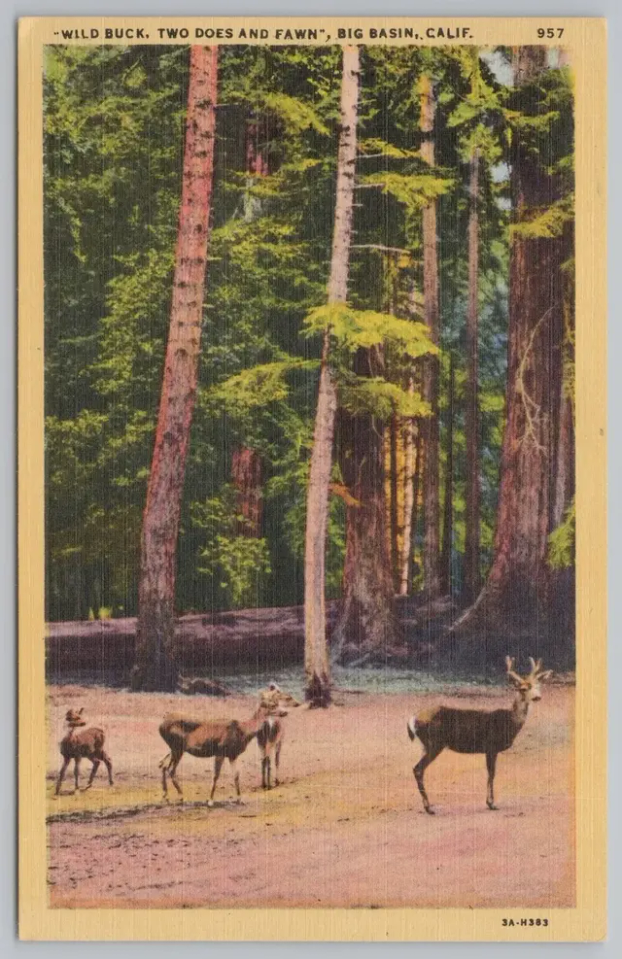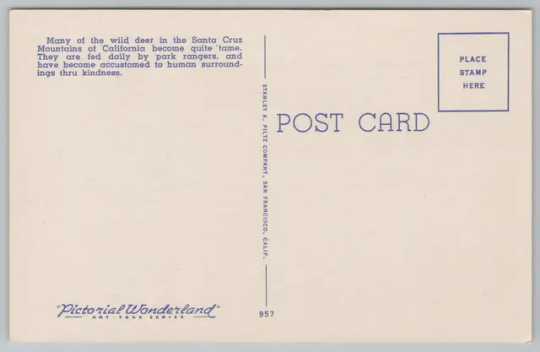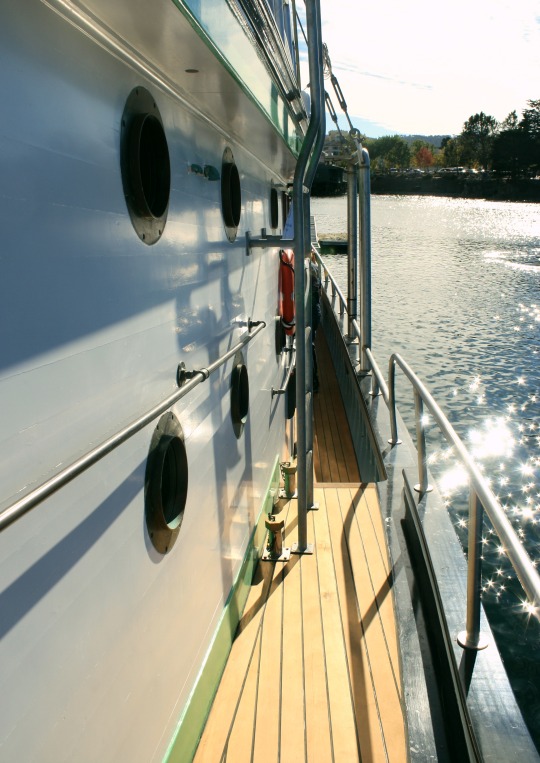#california history
Video
California genocide
https://en.wikipedia.org/wiki/California_genocide
https://en.wikipedia.org/wiki/Bloody_Island_massacre
https://en.wikipedia.org/wiki/Round_Valley_Settler_Massacres_of_1856%E2%80%931859
#tiktok#california#history#indigenous#genocide#indigenous history#us history#19th century#1800s#california history#standford university#wealth
2K notes
·
View notes
Text

Californian artist Joe Mora's 1933 diagram of the evolution of the cowboy in California, starting with Mexican Haciendado, through the Mountain Men, Cheyenne Buffalo Hunter, the Vaquero, and the cowmen.
726 notes
·
View notes
Text
He's just sitting there... ✨menacingly✨
Please enjoy meeting our resident Slowly Melting Wax Nixon Head, he lives in the California History Room and he does not have eyes.
#sometimes i see him in ny dreams#richard nixon#california#libraries#california history#history#librarians#wax sculpture#art#special collections
138 notes
·
View notes
Text

Lucy Hicks Anderson transitioned at age 15 in 1901. A talented chef, she earned enough to buy a house for a prohibition-era brothel and speakeasy. She was beloved in her community of Oxnard, California, until she had to move after the district attorney publicly outed her as trans. She went to court for writing "female" on her marriage certificate in 1945. During her trial, she challenged the public: “I defy any doctor in the world to prove that I am not a woman. I have lived, dressed, acted just what I am, a woman.” The jury still convicted her despite her popular reputation. You can read more about her story in C. Riley Snorton's Black on Both Sides.
242 notes
·
View notes
Text


"Wild Buck, Two Does and Fawn", Big Basin, Calif.
Vintage Linen-Type Postcard, Pictorial Wonderland Art-Tone Series; Stanley A. Plitz Company circa. 1930-50s.
(please do not feed the wildlife.)
#California#redwoods#black tailed deer#deer#landscape#vintage art#postcard#lithograph#vintage illustration#big basin#forest#animals#history#california history#state parks#santa cruz#this was on a very weird fashy blog so i found a better image and provided historical context and alt text#hope she cries lol
44 notes
·
View notes
Text
💙I FUCKING LOVE CALIFORNIA💙
#tax this shit to death#GO GAVIN GO💙#california girl🩵🌸#born and raised#THANK YOU GRANDMA FOR GETTING US HERE BACK IN ‘44🩵#california history
26 notes
·
View notes
Text

It was the Day of Remembrance, and Pri wanted to be alone at the memorial. She was thinking about the injustice that occurred to her Japanese family. In one moment, they had a decent business that just made it through the Depression. The next, they were on a train heading to an assembly camp before being shipped out to Manzanar. The stories of the cold and the dust that entered the barracks, the thought of betrayal from their country just for being who they were. It's too much to think about. Especially for a soft soul like Pri. So, she sits there shivering, just wondering why. "Why us? Will something like this happen again?" The only she can do was pray for the best.
—-——-——-——-——-—
As much as I love my area, I can't ignore the dark history that surrounds it. Especially if it left a mark on the many cultures in the Central Valley. And with a day like yesterday (the Day of Remembrance), I had to make a story around it. So I made one about Pri due to her Japanese heritage. It's my way to address this injustice.
#furry art#furry#digital art#digital illustration#kcvulpinestudios#life beside the tracks#anthro art#anthro#anthropomorphic#red panda#anthro red panda#day of remembrance#japanese internment#california history#Central Valley#Central Valley history#california#furry character#furry sfw#sfw furry art#procreate#ipad art
18 notes
·
View notes
Text

Historic Church in Bodie, California.
📷: Dave Toussaint
#bodie california#bodie history state park#old church#california#abandoned church#abandoned places#goth#ghost town#history#american gothic#american history#california history#religious#religious imagery#rural gothic#western gothic
83 notes
·
View notes
Text
Two Years Before The Mast reading update: an unintentionally hilarious passage for a 21st century reader, as Richard Henry Dana explains that there are no streets in (pre-Gold Rush) California.

#reject freeways embrace tradition#two years before the mast#richard henry dana#age of sail#mexican california#alta california#california history#maritime history#nautical history#boat media#boat story#maritime#nautical#age of sail memoir
4 notes
·
View notes
Text
Nikolai Petrovich Rezanov was a Russian noble man and states man, wrote a lexicon of the Japanese language and several other works, which are preserved in the library of the Saint Petersburg Academy of Sciences, and was the Russian ambassador to Japan and what’s written on his grave is basically a Katy Perry song!
“I’ll never forget you” meant for María de la Concepción Marcela Argüello y Moraga, She was the daughter of José Darío Argüello, the Spanish governor of Alta California and Presidio Commandante and lived in Yerba Buena (San Francisco)
HE LEGIT SAID “California girls are unforgettable”
8 notes
·
View notes
Text



The casket of President Warren G. Harding being loaded into a car outside the Palace Hotel in San Francisco on August 3, 1923. The awning over the entry of the hotel had been draped in black mourning crepe in the hours following the President's death.
#History#Presidents#Warren G. Harding#President Harding#Harding Administration#Death of Warren G. Harding#Harding Death Centennial#State Funeral of Warren G. Harding#Presidential Deaths#Presidential Funerals#Funeral of Warren G. Harding#100 Years Ago#Centennial#Palace Hotel#Palace Hotel San Francisco#San Francisco#San Francisco History#California#California History#Presidential History#Politics#Political History
15 notes
·
View notes
Text

Before San Jose was an endless ugly suburban sprawl, it was some of the best most fertile orchard land in the world with topsoil measured in feet, not inches.
Capitalists turned it into sprawl because housing made more money, destroying a heart breakingly beautiful place and an irreplicable natural resource for the sake of short term profits.
Tell me again how "efficient" capitalist markets are. I dare you.
City of San Jose, Santa Clara Valley Cherry Orchard
This view today would show Alum Rock Avenue, looking toward downtown San Jose.
Photographer unknown.
24 notes
·
View notes
Text

Biddy Mason's journey embodies #blackgirlmagic. Born into slavery in 1818, she later became a free person, nurse, and esteemed citizen of Los Angeles. In 1848, she traveled from Mississippi to Utah with Robert Smith's wagon train, eventually settling in San Bernardino, CA. When Smith attempted to take her back to Texas, a slave state, she and her family were rescued by local authorities after a raid on Smith's camp. In 1856, Biddy won her freedom in court despite facing challenges as a woman and a black person. Utilizing her nursing skills, she worked for Dr. John S. Griffin in LA, saving diligently to purchase land and build a home for her family. Over time, she became one of the wealthiest black women in LA, known for her generosity and community contributions. Biddy played a pivotal role in establishing one of the city's first African American churches in 1872. Despite being buried in an unmarked grave upon her death in 1891, her legacy was later honored with a tombstone in 1988, and a monument near her home in 1989, under Mayor Tom Bradley's administration.
Biddy Mason: Becoming a Leader, a book in our collection, was used for research in this post. The picture is in the public domain.
91 notes
·
View notes
Text









Yesterday I got to go on a tour of the main deck and quarters of the Western Flyer, a sardine boat commissioned by Ed "Doc" Ricketts and John Steinbeck to travel to the Sea of Cortez [aka the Gulf of California] in 1940. The boat was almost lost to history but with a lot of money and TLC, it will now be used around the Monterey Bay as a steward for education through the Western Flyer Foundation. It is temporarily docked in Moss Landing, but eventually will have a permanent home in Monterey. It will also make regular trips back to Washington, where it was both built and refurbished. If anyone happens to know the story about the antlers on the crow's nest, I'm very curious! All shots were taken with my Canon Rebel XS EO5.
#monterey california#western flyer#john steinbeck#ed ricketts#doc ricketts#sea of cortez#gulf of california#the log from the sea of cortez#marine biology#california history#canon photography
4 notes
·
View notes
Text

Ri¢h in just a few day$.🥇🏆⛏🌝(mixed media collage on canvas)💰🥇
#gold#golden#gold rush#gold nugget#gold bars#gold mining#gold miner#49ers#deadwood#tombstone#wild west#california artist#california history#skulls#skull art#wealth#golden nugget#gold dust#folk art#collage art#collage artwork#collage artist#pop art#contemporary art#oro#diamonds#gemstone#rubies#emeralds#sapphire
2 notes
·
View notes
Text

“The Ghost Town of Midas”
In the hills about Putnamville CA, just near the Tule River lies the remains of a small town. This was the community of Midas.
This small establishment was created in the 1850s during the rise of the prospectors during the California Gold Rush. It was a lone trapper who discovered bits of gold in the river and proclaimed the land had “the Golden Touch of Midas.” It had a boom period, but after that there were new opportunities back in the valley that would make the towns folk leave. It became a quiet ghost town, but became a popular hideout for bootleggers and rum runners.
Though it’s quiet again, there are mysteries about the towns sudden end. As said earlier, there were new opportunities in farming and trade in towns like Putnamville. However, there were rumors of something else that drove the townsfolk away. According to some of the late rumrunners, they recall seeing a large creature or two stalking them. Encounters range from watching said creature to attacks with large rocks and blood curdling screams. On one night alone, a “battle” took place between a group of the runners and these creatures, leading to claw marks and bullet holes on the buildings. Even today, ranchers note that their animals would avoid the town area as if something lives there, though they never saw the root of this fear. Maybe it’s a mountain lion den. Who knows?
To this day, there are no clear answers what happened in Midas. Folks around here just claim the bootleggers were just having a wild night with their guns and encountered a mountain lion. That’s the accepted story. While others believe the monster (whatever it is) may be real. We’ll probably never know. The real question is this:
Are you willing to visit Midas? If so, what will you see?
—————————-
I wrote this story as a new bit of Life Beside the Tracks lore. I hope y’all enjoy it.
#digital illustration#kcvulpinestudios#digital art#life beside the tracks#ghost town#halloween#Halloween vibes#creature#cryptid#cryptozoology#scary story#gold rush town#night#spooky#moon#California history#California#california gold rush#ghost story#monster story#spooky vibes#digital artist#digital artwork#digital landscape#building art#buildings#please like and share
12 notes
·
View notes